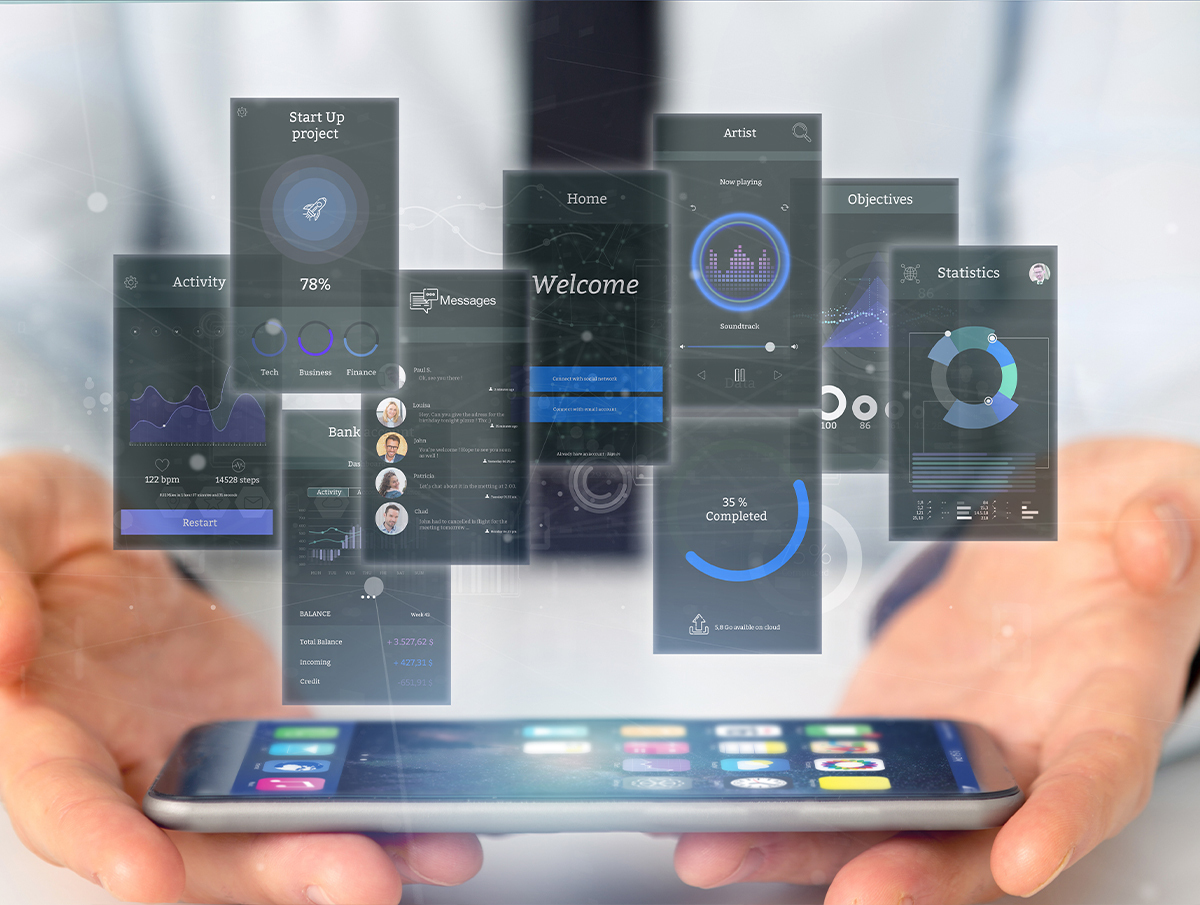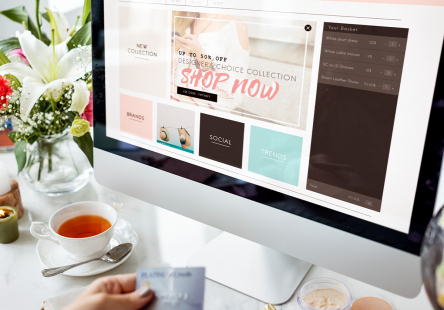With a market value of over $100 billion, the US mobile app development sector is expanding. Mobile app development flourishes in the nation thanks to the presence of large tech giants like Google, Apple, and Microsoft, whose headquarters are there. In recent years, the demand for mobile apps has grown considerably across a range of industries, including retail, healthcare, and finance.
Due to this, there is a greater need for qualified mobile app developers, and as a result, incomes have increased. Additionally, the USA is home to a large number of technological startups and mobile app development companies, making it a center for innovation in the sector.
How We Can Get Advantage from Mobile App Development in USA
- There are a number of benefits to mobile app development in the USA, including:
- Accessibility is improved because to the ability of mobile apps to connect with clients when they are on the road.
- Apps can be used to communicate with customers, gather feedback, and offer rewards for loyalty, which improves customer engagement and loyalty.
- Sales and revenue growth: By selling goods and services directly to consumers using mobile applications, sales and revenue can rise.
- Advantage over competitors: Customers expect businesses to have a strong online presence, therefore those with mobile applications have an advantage over those without.
Better data gathering: Businesses may adjust their services and enhance their marketing efforts by using mobile apps to gather useful information about their clients, including their location, preferences, and behavior.
What is Mobile App Design Services Referring to?
It’s important having a mobile technique because research shows that users spend 90% of their time in apps as compared to surfing the internet. It’s incredible to have a mobile responsive website supported by a solid mobile marketing strategy with significant resources being allotted to cross-device reach. In today’s competitive period, don’t have a mobile app has intense important.
Businesses reach more customers, improve marketing strategies, and provide value through mobile apps. Instead of watching television or using a desktop or laptop When the average user spends more time looking at a mobile phone what reason does your business have for not having a mobile app?
The Question Hangs Around Where and How to Start?
7 Steps of App Development:
1. Plotting and Research:
Immediately, after you have imagined your idea for an app the planning or plotting stage should have arisen. “Planning” does not refer to determining how your app will look or how you will program it; rather, the planning stage should aim to answer several high-level questions about the feasibility of your idea in the current market space which is in demand.
Generally, planning includes a market study and running a feasibility study. Queries such as “are there other apps that do what mine will do?”, “Is there a requirement for my app?”, and “what is my app’s importance proposition?” must be answered. It is very crucial to understand whether there is a niche in the market for your app idea before you spend significant aids on building the app and trading it.
Decide what platforms your app will be functional for (iOS, Android, Web, etc.). If you are formulating for more than one platform, you will want to decide if you’ll take a combination approach or develop natively for each platform. When deciding which platform(s) make sense for your app, be confident to evaluate what competition already exists there and where the majority of your audience favor. These last two questions can enable you to decide not only the feasibility of the app as a whole but also where you might want to consolidate initial growth efforts to make sure.
It is important in planning to invest a large amount of time upfront to make sure that your app at least has an opportunity at conquest. Ask, are there people willing to use your app? Are people willing to pay for your app? Before you proceed to the design phase you should be confident enough to answer these questions” yes.”
2. Prototyping:
At this stage, you start rapidly producing wireframes and iterating on user feedback. A wireframe can be thought of as a low-fidelity guide to the UI and UX of your app and offers a general sense of the app’s functionality and flow without getting into the smaller details of color or style. Your wireframes do not need to be fully featured – just focus on representing core functionalities (essentially, the minimal viable product, or MVP) of your app and receiving feedback on that.
3. Design:
The design phase has lots of elements of the app for development, so we will only briefly cover some of the most crucial ones. First of all, it is up to your UX and UI designers to further refine the approved wireframes. This means placing and crafting UI elements, defining user flow, awareness of the extent of the element hierarchy, etc.
At this point, you should create high-fidelity mockups that your developers can then turn into a working app, along with details on what happens when elements are tapped, swiped, pulled, dragged, etc.
Design a marketing strategy should also occur at this stage. This commonly means figuring out how you will tell people about your app (social media, creating a blog, etc.) It may also affect making a website compile email from users who may be interested in your product, a newsletter, or a social media platform.
4. Development:
The development stage is where you begin to write the code for the “final” version of the app. This is where you use the feedback you have received from the wireframes and make some last, potentially big, judgments.
Waterfall or agile can be carried out as a methodology. Commonly, an agile approach is more desirable for developing a mobile application.
5. Experimenting:
Testing or experimenting occurs in similarity to the development phase. Continue testing is important to keep post-release costs downward. Unit tests, UI tests, and integration testing are essential to assure that you work out any major bugs or oversights as early as possible. Examination cases can increase time spent in the development stage, but in the long run, both the time and monetary costs of maintenance and support can decrease dramatically. It will also pay off later in the maintenance stage of your app. When you create a little change, you can run all your test cases and determine where your changes may have stopped working in other parts of the app without having to have a human manually stroll through each examination case.
6. Release/ Clearance:
A place where you will submit your app to the App Store or Play Store for permission. Understanding this process is crucial since you will be doing this every time you release a new version of the app. At this point in the expansion process, you should have worked out most of the major bugs your testers found and you should have a differentia app that will pass the guidelines for the store to where you will be uploading it.
Start marketing your product from here. The marketing techniques and social media efforts planned and developed before this stage should give your app an opportunity of being noticed there in the feral.
7. Upkeeping/Maintenance:
Release and maintenance stages begin at the same time. should be progressed in similarity. In maintenance, you watch the status of your app, fix any bugs that may be present, and make sure the app continues to work as scheduled. Updating your app for new versions of the OS, or sponsoring new devices, is furthermore a part of maintenance or upkeeping.
We Are Here to Help!
If you have any concern regarding your order, please feel free to Contact Us.










